Media | Articles
The rare, mighty Grizzly truck is Canada’s Unimog
Ursus arctos horriblis, popularly known as the grizzly bear, is larger and fiercer than its black bear relatives. Like its ursine namesake, this big yellow pickup truck makes a lifted Ram look small. Meet the first Grizzly, the prototype for a rare breed of made-in-Canada trucks that were built to take whatever the backwoods could throw. Only a baker’s dozen were built; the Grizzly remains a tantalizing what-could-have-been story from the wild west coast of British Columbia.
A third larger than Texas, the province of BC is a sprawling landscape of mountain ranges and temperate rainforests. But even the wide-open spaces of Texas have people there, with a population closing in on 30,000,000. The residents of BC number just five million, bears not included.
In the 1980s, BC’s population was slightly half that number, and a sizable segment of that population was employed in forestry and related industries. The trope of the check-shirt-wearing Canadian lumberjack was as true as it could be (he sleeps all night and he works all day … ). A month in camp and two weeks out. Supporting the heavy equipment that kept log haulers rolling were faithful, factory-spec bush pickup trucks getting the absolute stuffing knocked out of them.
Forestry-adjacent industries include more than mean sawmills and pulp-and-paper mills that process raw wood into products. Shipping and hauling were big parts of the picture, too. In Vancouver, the Hayes Manufacturing Company had been building trucks since the 1920s. The Hayes family was also directly involved in the logging business, and should you spot one of their trucks hurtling down a gravel road, you’d immediately know it by its hood ornament: a die-cast, chrome-plated, five-pound statue of a bear.
Hayes was snapped up by the parent company of Mack Trucks in the early 1970s, and the plant shut its doors in 1975. But folks on the island remember their history, and there’s an annual truck show celebrating the Hayes name, held each year in the town of Port Alberni on Vancouver Island. Last year, the event celebrated 100 years of Hayes and all kinds of hard-working equipment made the trip to celebrate. Every so often at this yearly event, a Grizzly shows up to take its place beside the heavy trucks.
Marketplace
Buy and sell classics with confidence
The closing of the Hayes plant sent many people looking for work. One of those people was Geoff Buck, an entrepreneurial sort who had been selling Hayes trucks. He went to work as a warehouseman in a camp far to the North, the kind where you work one month on, two weeks off. Thirty days in the backcountry provide plenty of time for thinking. Buck’s idea was simple but smart. The pickup trucks that loggers used in the bush took an incredible amount of abuse; their mechanical lives were often nasty, brutish, and short. Buck imagined a much tougher truck that could take the punishment, one that was still serviceable using the same parts used in the logging trucks. Grizzly Trucks Limited was born.
This prototype, which was shown at the 1990 Truck Logger’s Convention in Vancouver, contained the basic recipe. It has a handmade frame made of square tubing, a legendarily stout 5.9-liter Cummins turbodiesel under the hood, and body panels made of 12-gauge steel. It can run on the same diesel fuel as the logging trucks and various parts are interchangeable. It is, however, the prototype, and that means it was both rushed in its production and that some mistakes were made.
Enter Cory Ellwyn, accidental Grizzly historian. Ellwyn bought this Grizzly from Geoff Buck’s widow, Jean. He was also considering something like an early Willys or Dodge Power Wagon as a project, and he could see that building out the Grizzly would take a great deal of work. But Ellwyn’s not really a take-the-easy-road kind of guy.
He is also not exactly what you picture when you think of a historian. A longtime fabricator and engine builder, he worked just down the road from where the Grizzly trucks were built in North Vancouver. He parks two Mustangs in his garage, one a 1968 fastback he’s owned since 1977, fitted with a 427-cubic-inch V-8, the other a startlingly convincing Holman-Moody Trans-Am clone. Ellwyn set about both restoring the Grizzly’s overall condition and unlocking its potential. Along the way, scraps of the history of Grizzly Trucks kept floating to the surface.
The amount of work lurking beneath the rugged sheetmetal of this truck beggars belief. For one thing, it arrived in Ellwyn’s possession as a two-wheel-drive truck with a three-speed Ford automatic. Now it has a five-speed manual, with a Ford-sourced Dana 60 front axle and a Dana 70 out back. All kinds of custom work was required to get everything from the power steering to the front suspension working, to say nothing of details like the rear tailgate or the twin exhaust stacks or the custom gauges in the cabin.
As a creation of the 1990s, the Grizzly doesn’t have a lot of technical information online about the Grizzly, and a few have faded into the forest. However, Ellwyn figures that with the pictures and information that have been sent to him, thirteen were built. Of those, ten are still out there. Some Grizzlys have remained in the same family, others have been badly neglected. The last one is currently in Alberta, undergoing a full restoration.
The original idea was to offer a full range of Grizzly trucks, to suit commerical and hobbyist customers alike. For the most part, a few working trucks were sold, but they were expensive. The original pricing for the prototype was around $45,000, with the last Grizzly selling for roughly $75,000. These days, the prestige pickup truck market is booming, but in the 1990s, 45 grand was a lot of money.
Buck touted his trucks as having more than 80 percent Canadian content and suggested the potential longevity was worth the price of admission. He also told local papers that a couple of big orders were in the pipeline. But either the market wasn’t ready or the infusion of cash didn’t come in time. Grizzly Trucks had hired workers from Vancouver-based manufacturing company Pacific Truck & Trailer when it shut down, but like Hayes and Pacific, Grizzly also went out of business.
There are two famous Grizzlys. One is a hodgepodge of a truck, as seen on the Netflix series Rust Valley Restorers. This is not a true Grizzly, exactly; it is more a collection of leftover parts bolted onto a heavy-duty Ford chassis. Ellwyn says that, with one exception, each Grizzly he has seen is on a unique chassis.
The other is a familiar sight to anyone driving up and down the Sea-to-Sky highway on the way to or from Whistler. There, parked across the road by the Husky gas station, you can see the only Grizzly eight-passenger truck. Formerly painted green, it was owned by a retired fellow who drove it all over the country, sleeping in it at night. It was sold to the Canadian Wilderness Adventure tourism company and is reportedly in need of a new front axle. For now, it’s basically a wheeled billboard.
Ellwyn’s pickup, on the other hand, delivers on the Grizzly promise. That Cummins diesel does more than 20 mpg, just as Geoff Buck said it would. Ellwyn has sorted out the issues and added in a few niceties like functioning air-conditioning. For a while, he was using the Grizzly as a commuter to and from a worksite.
The Grizzly is less practical for short errands. Ellwyn says a ten-minute trip to the lumber store turns into an hour if he answers everyone’s questions. Which he doesn’t mind doing; the Grizzly is part of BC’s history, and Ellwyn enjoys sharing what he knows with others in his community.
With just over a dozen ever built, the Grizzly remains about as rare a machine as you could hope to see. If you see one of these trucks in the wild, there’s no need to keep your distance: They’re even better up close.
***
Check out the Hagerty Media homepage so you don’t miss a single story, or better yet, bookmark it. To get our best stories delivered right to your inbox, subscribe to our newsletters.
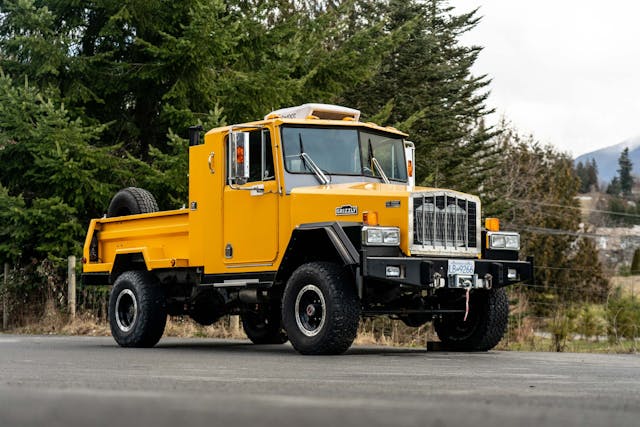



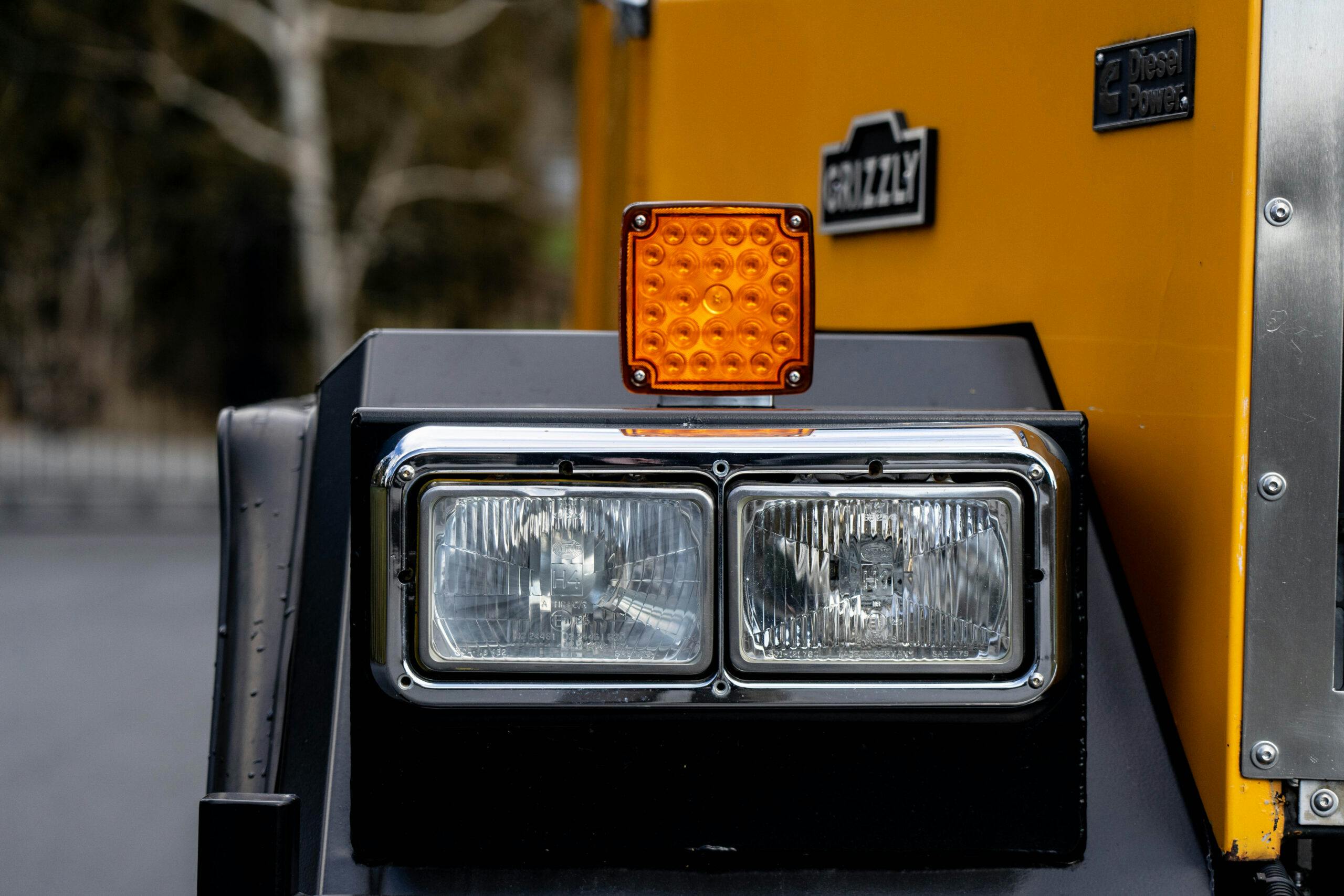









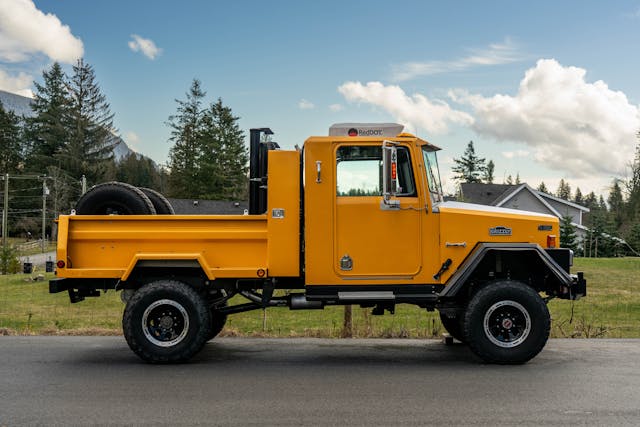
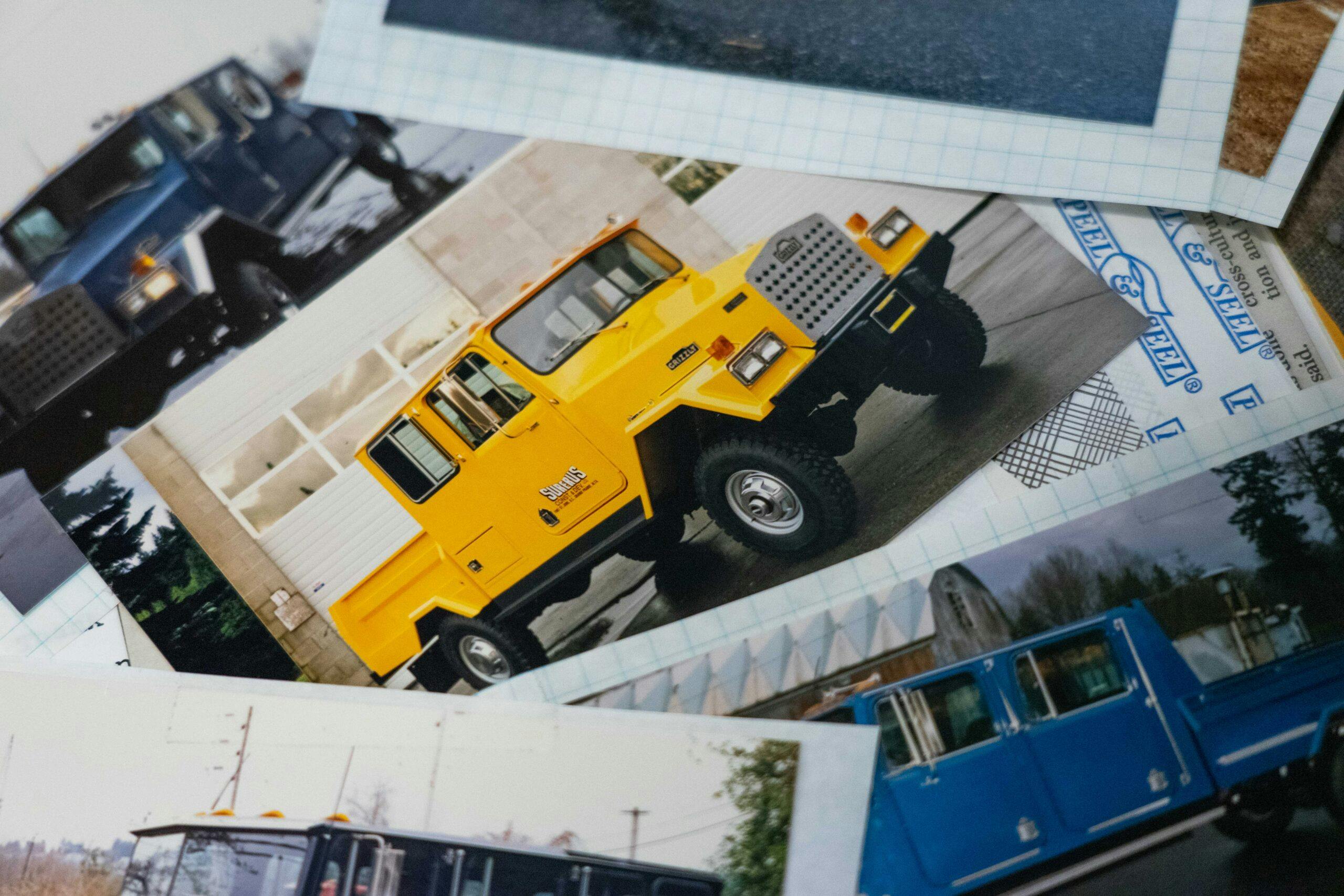
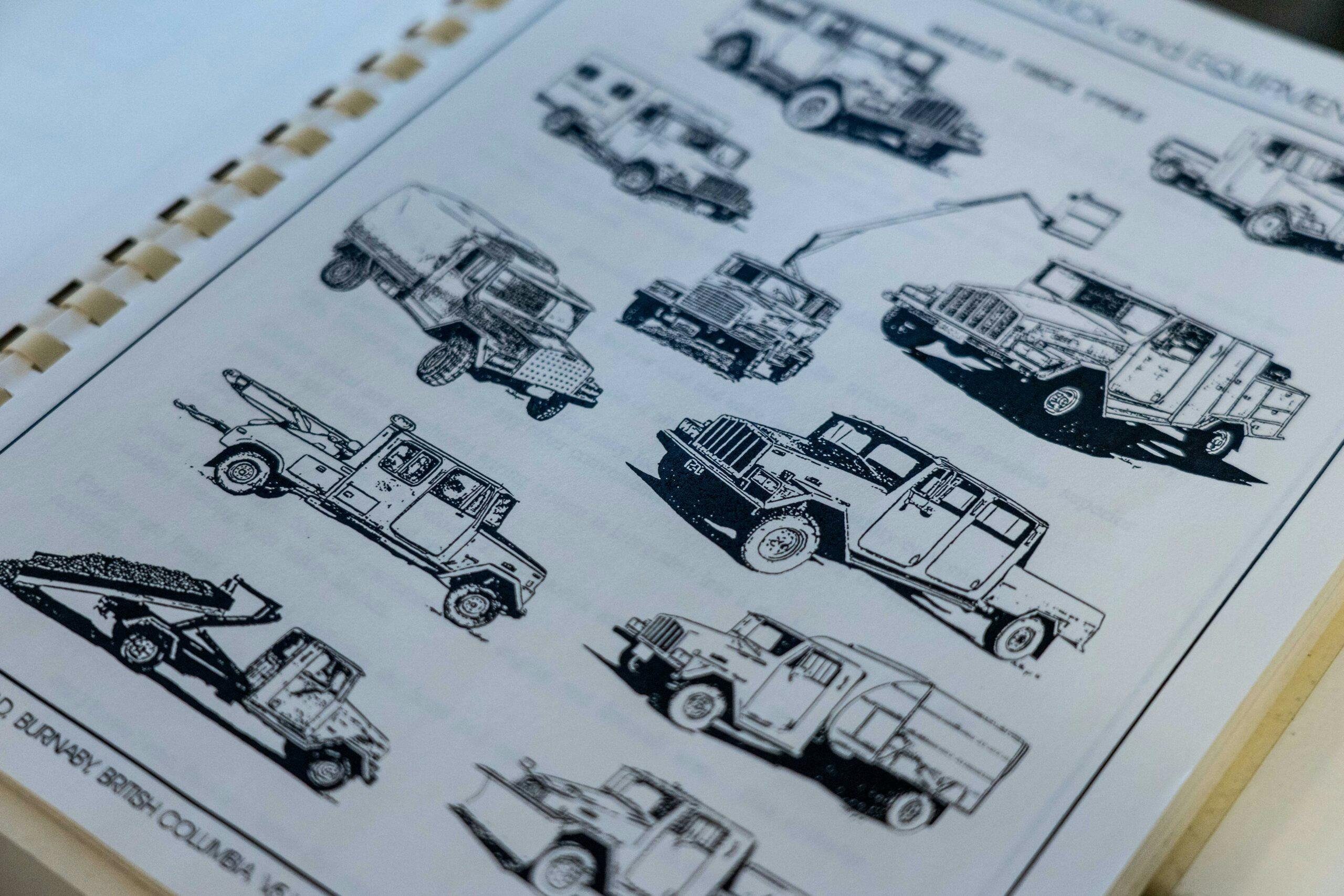
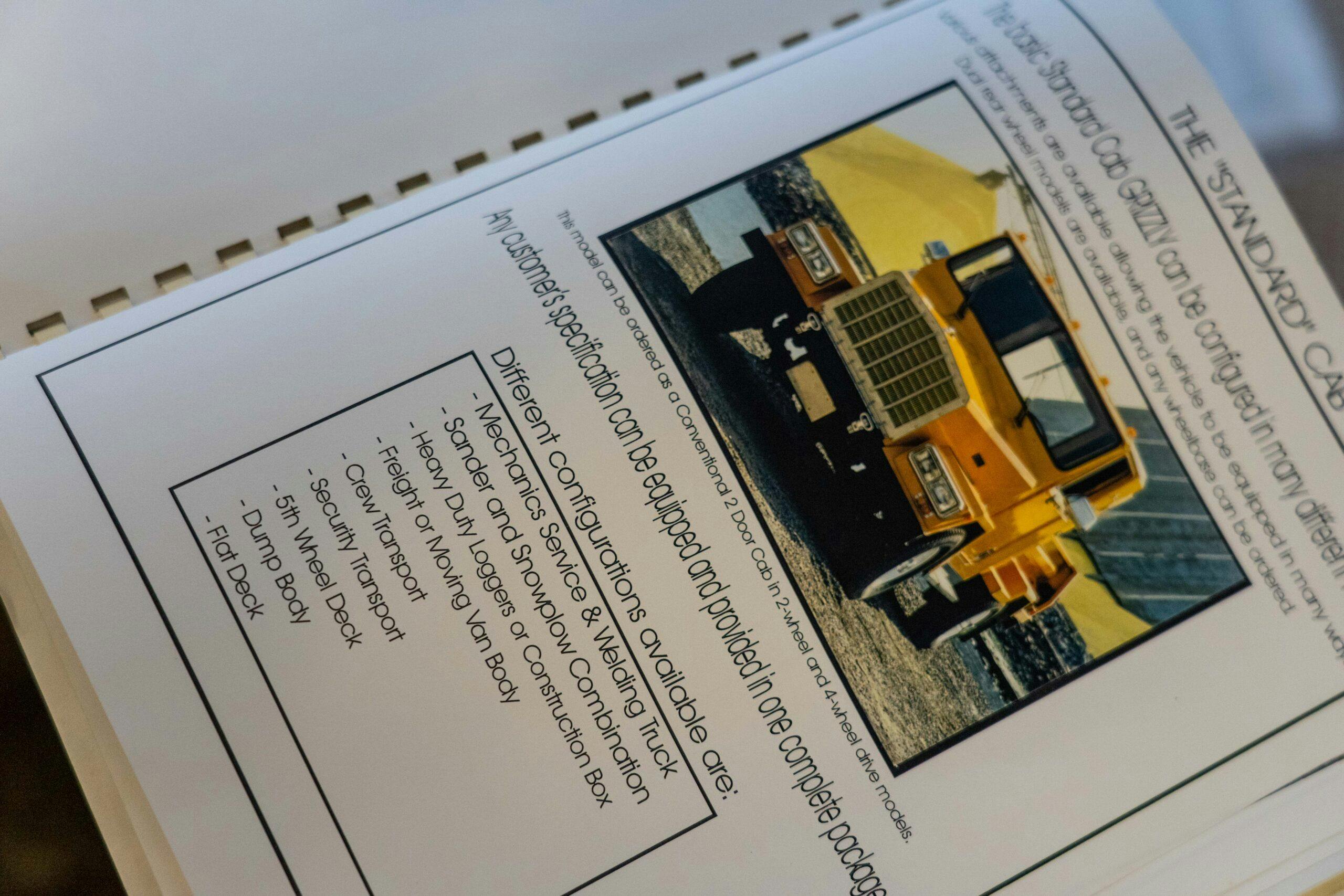
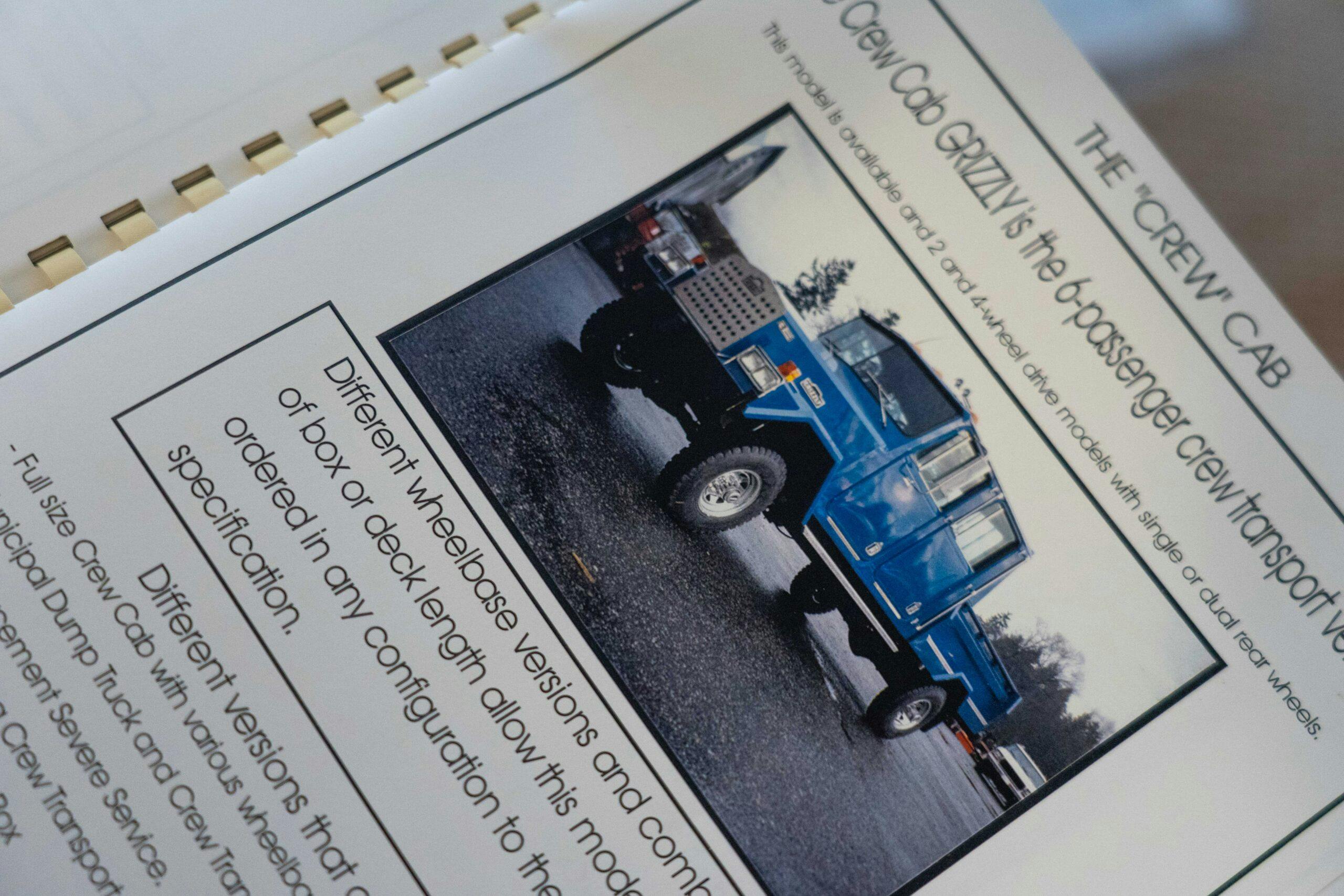
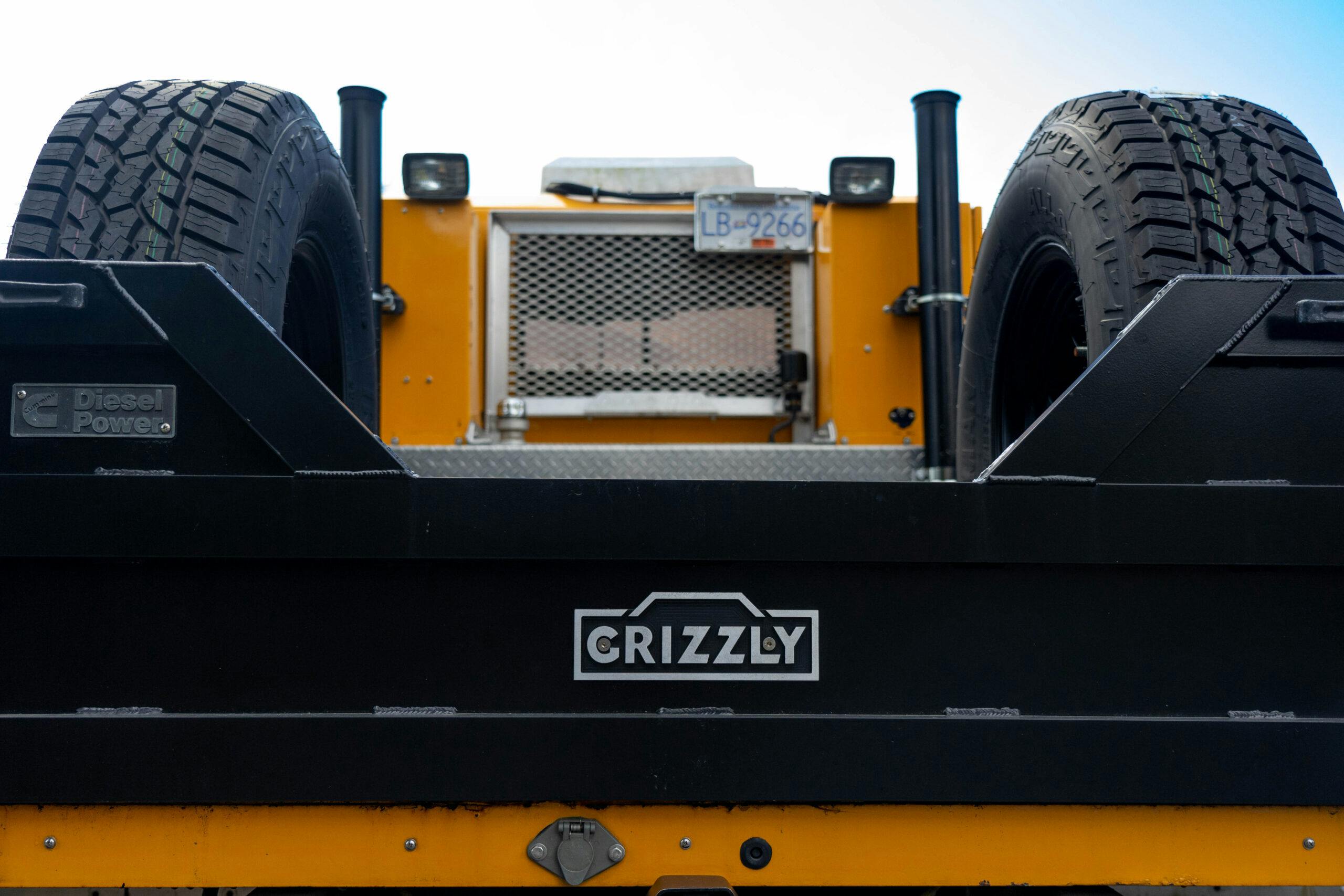
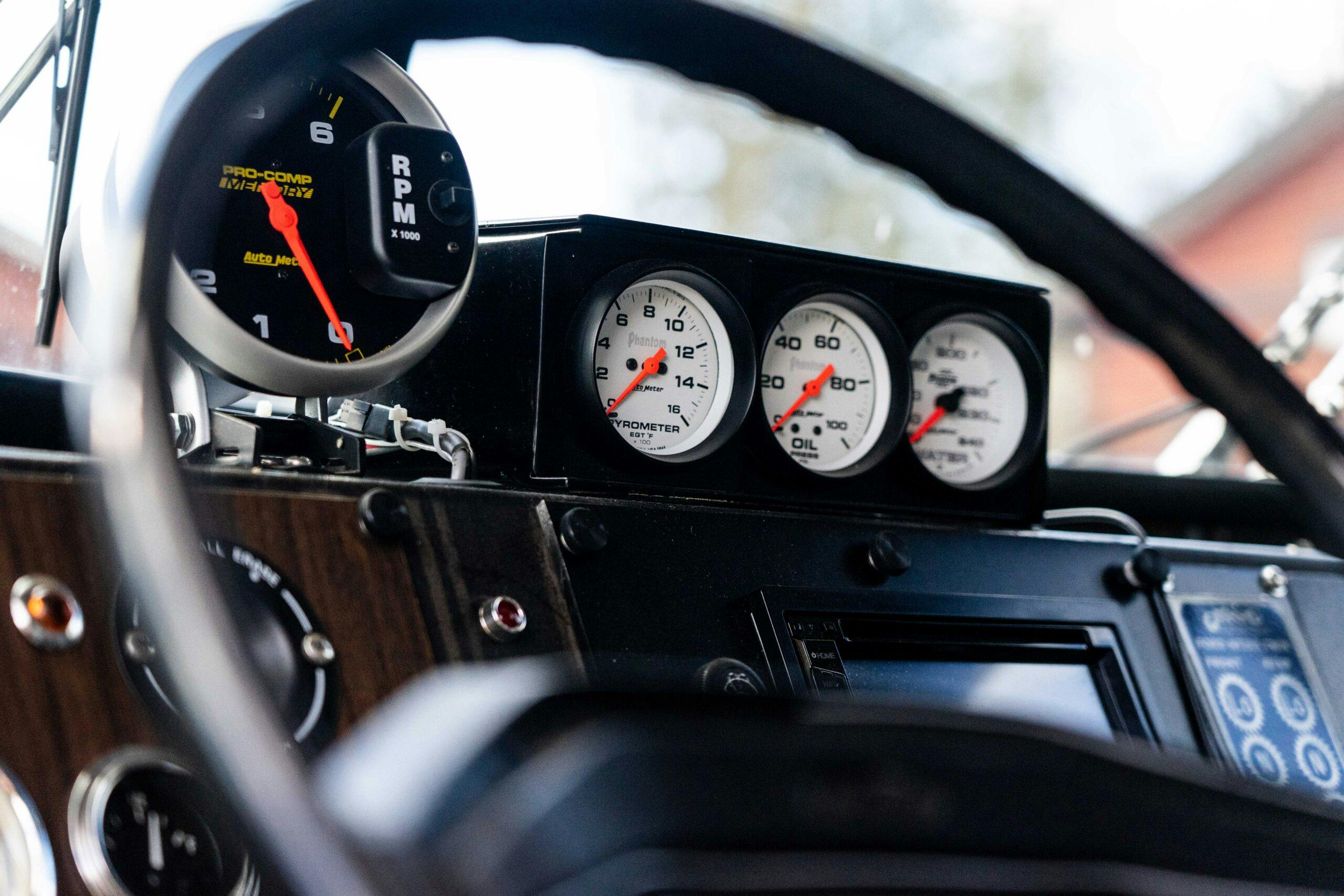


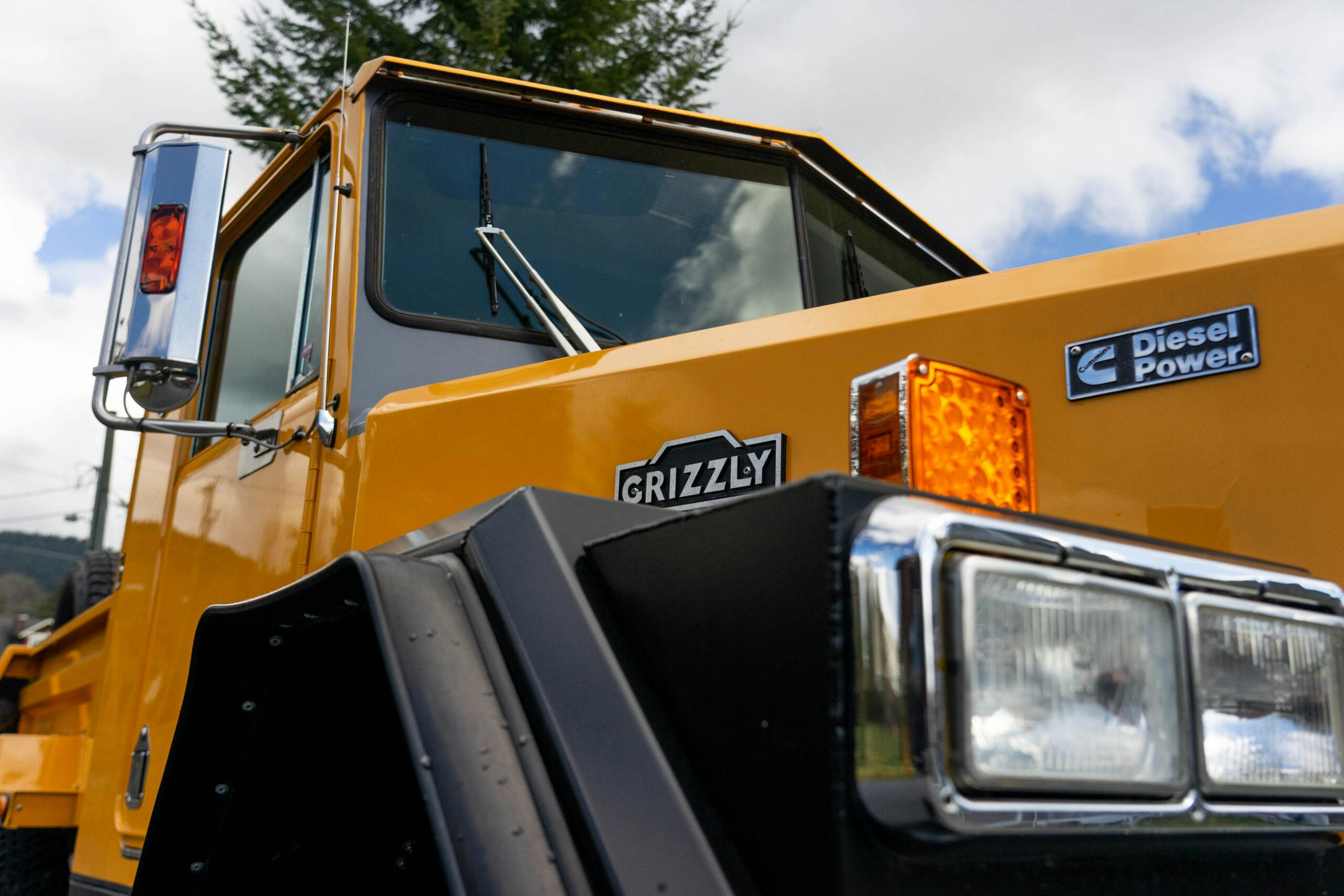
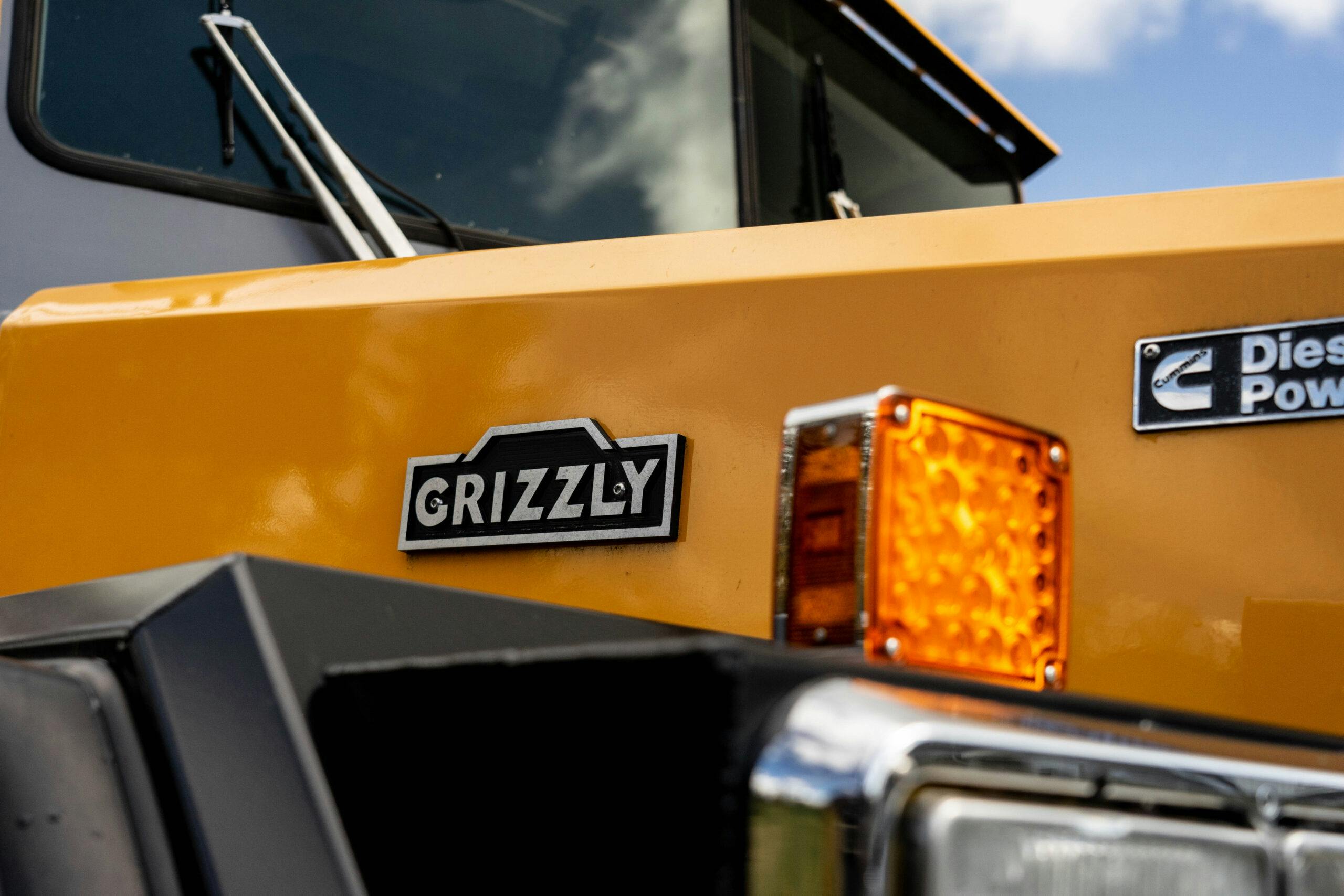
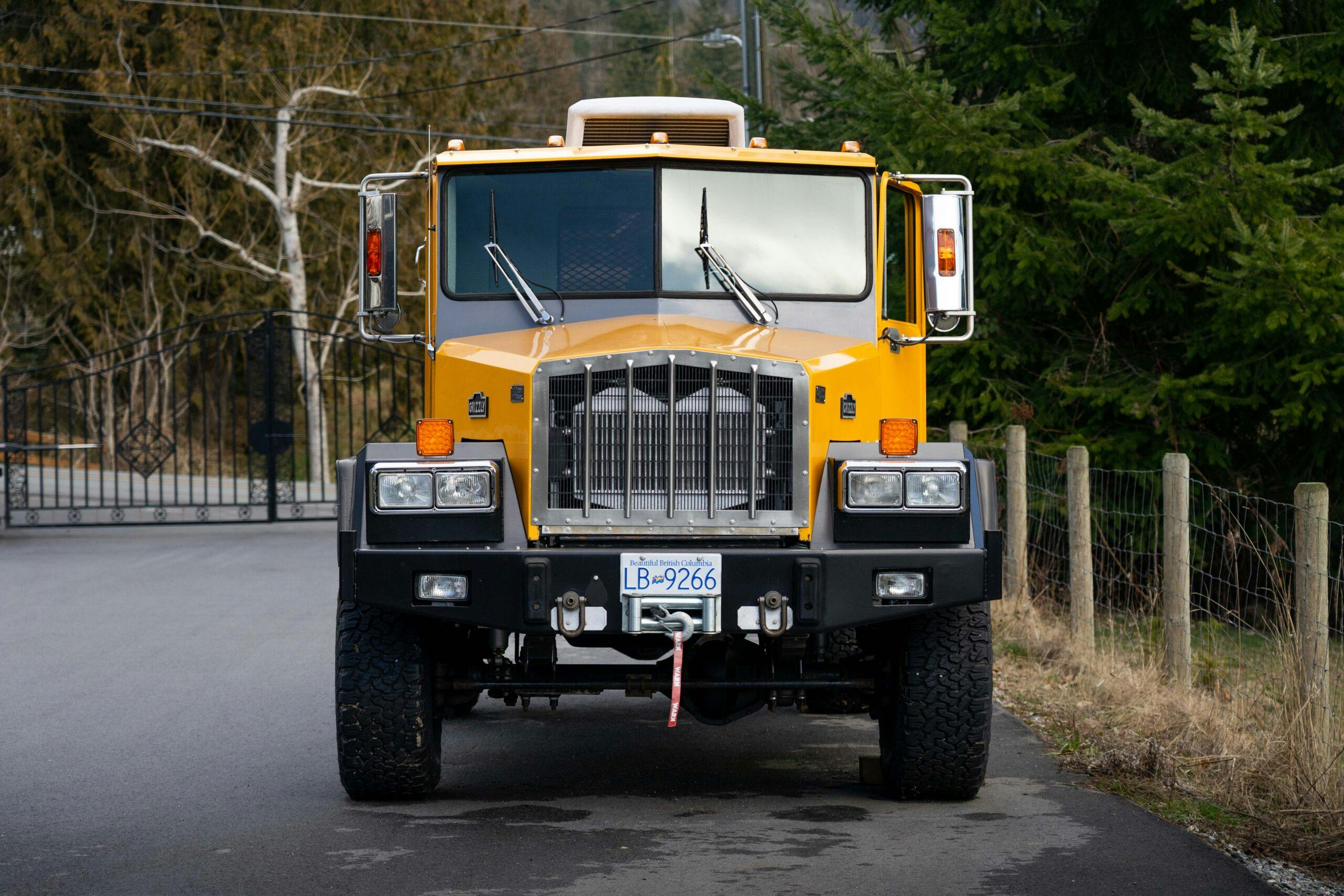
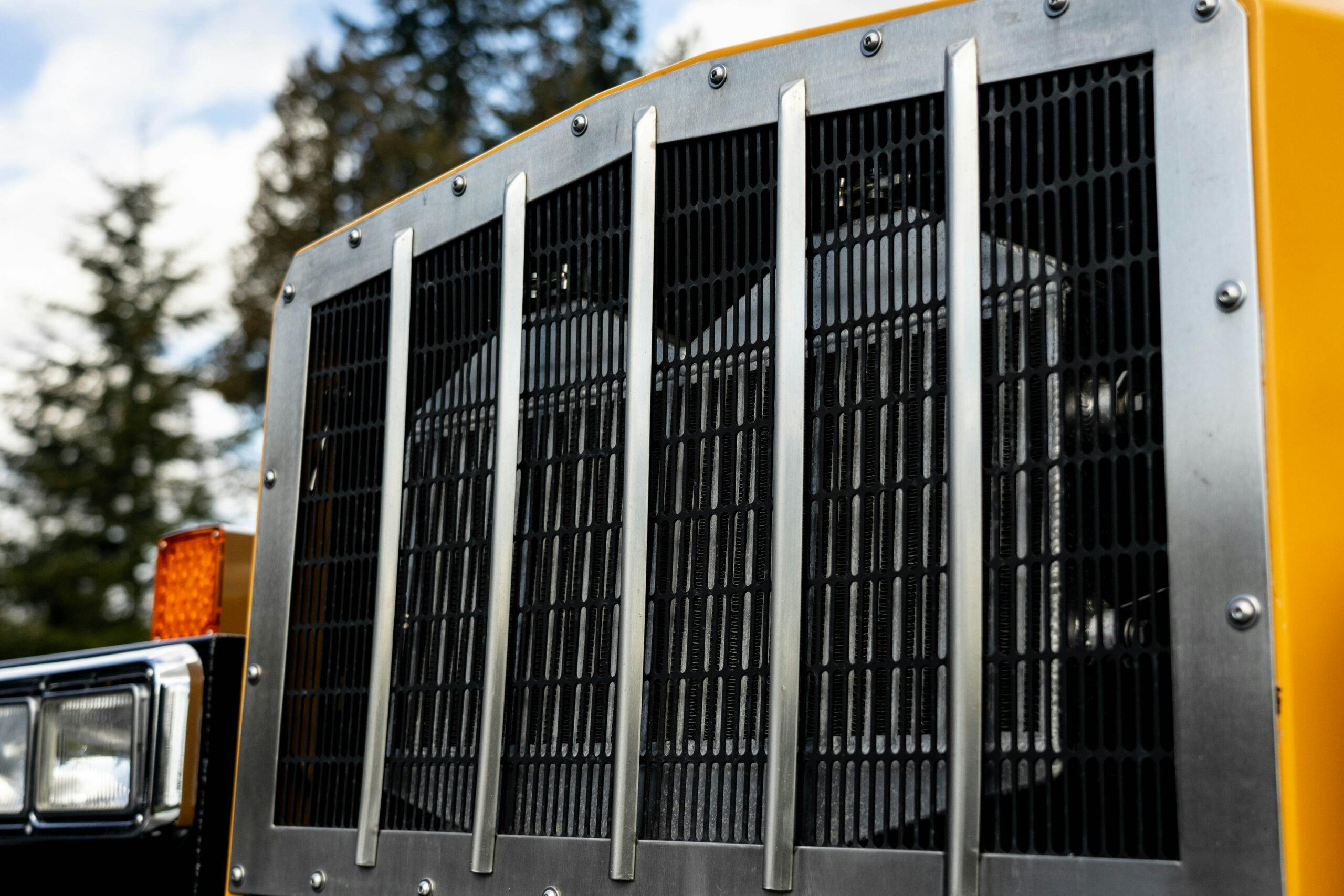
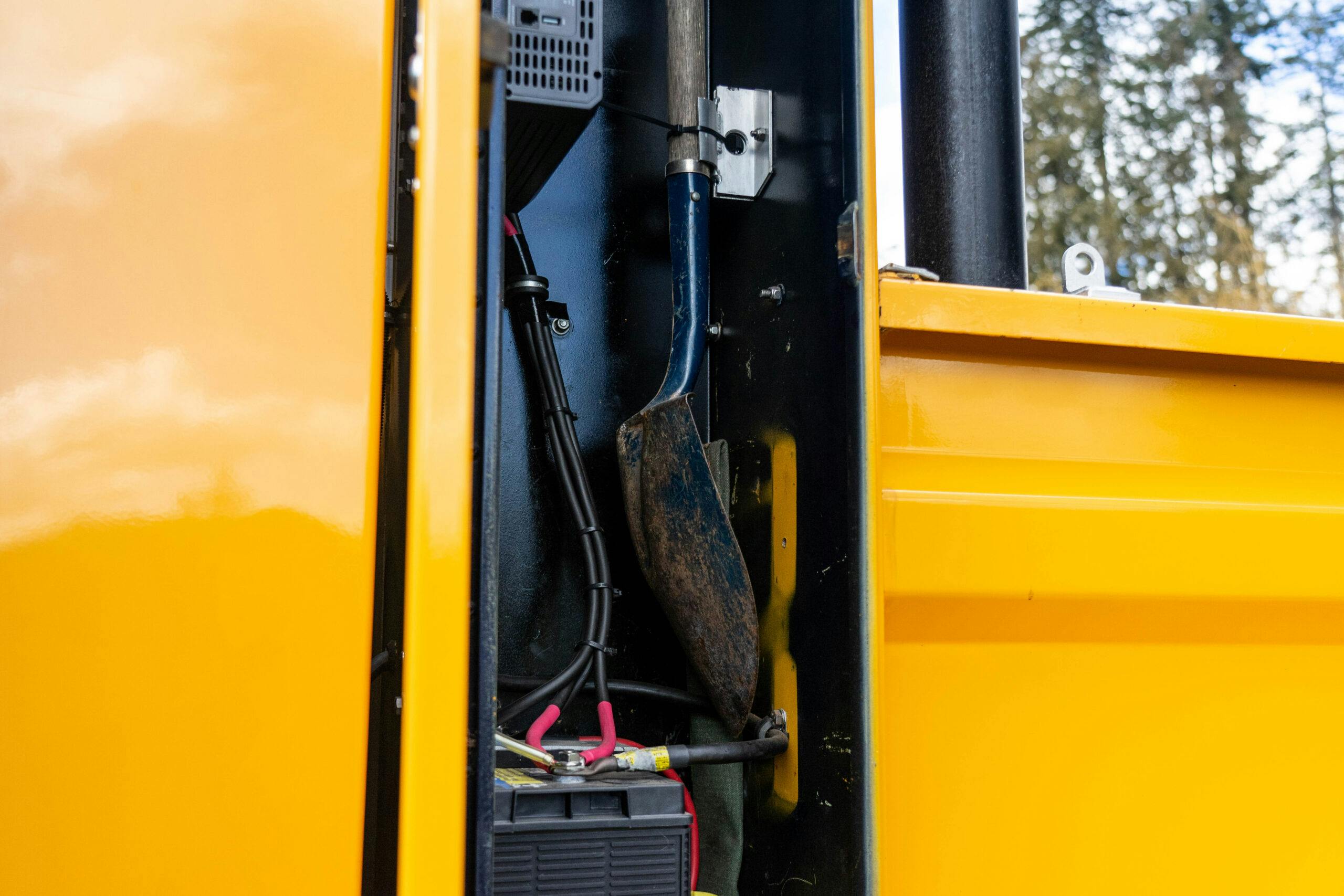









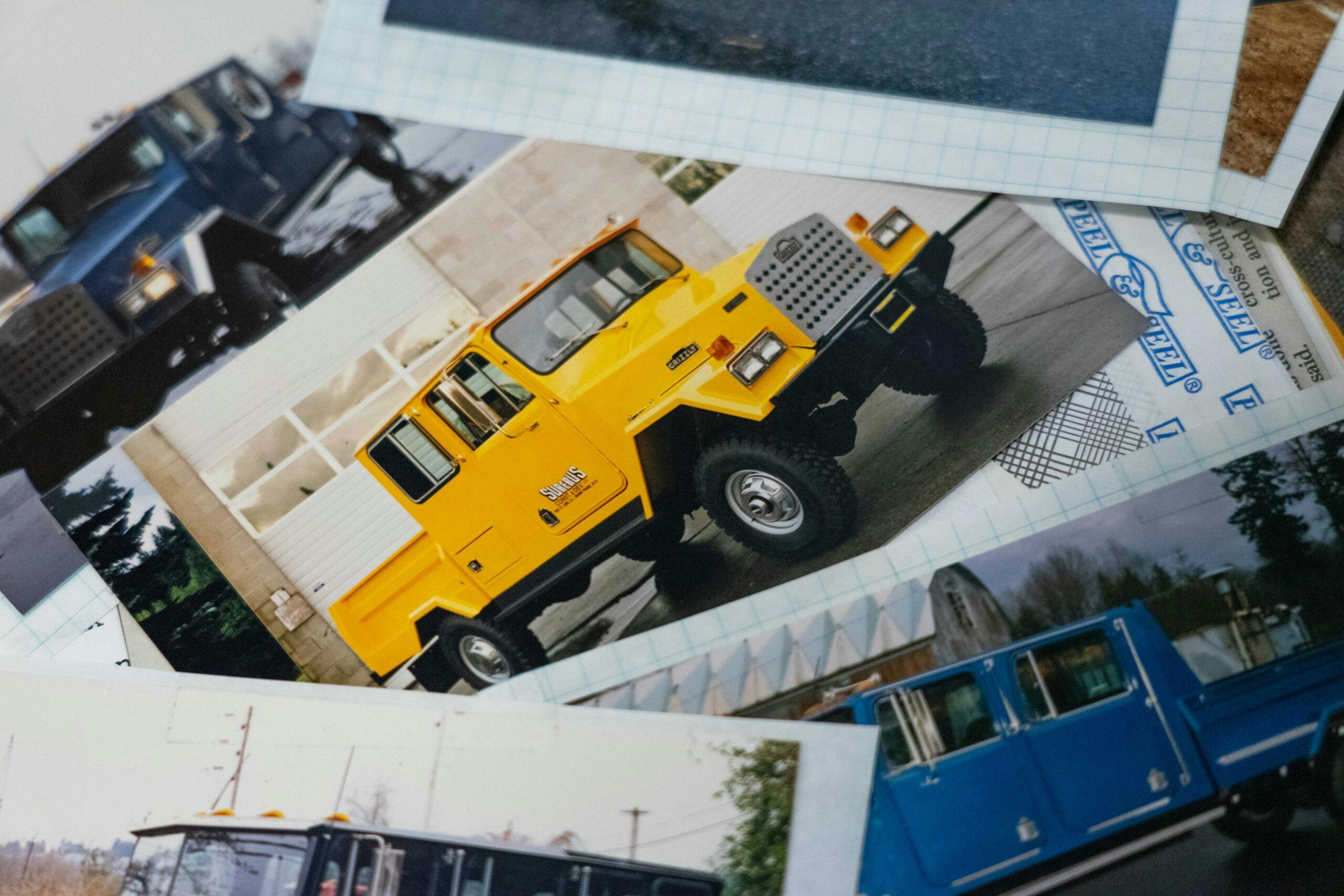


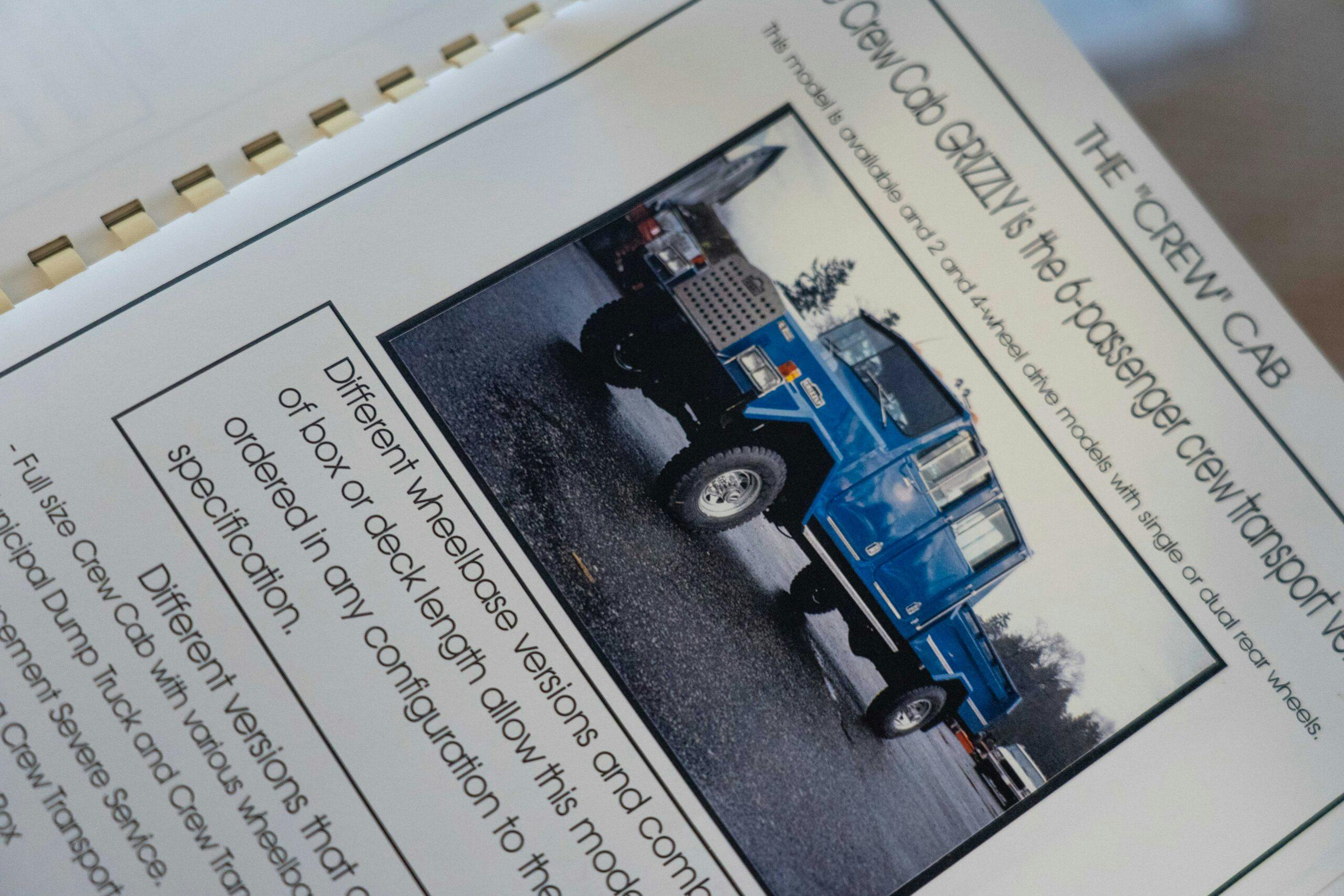








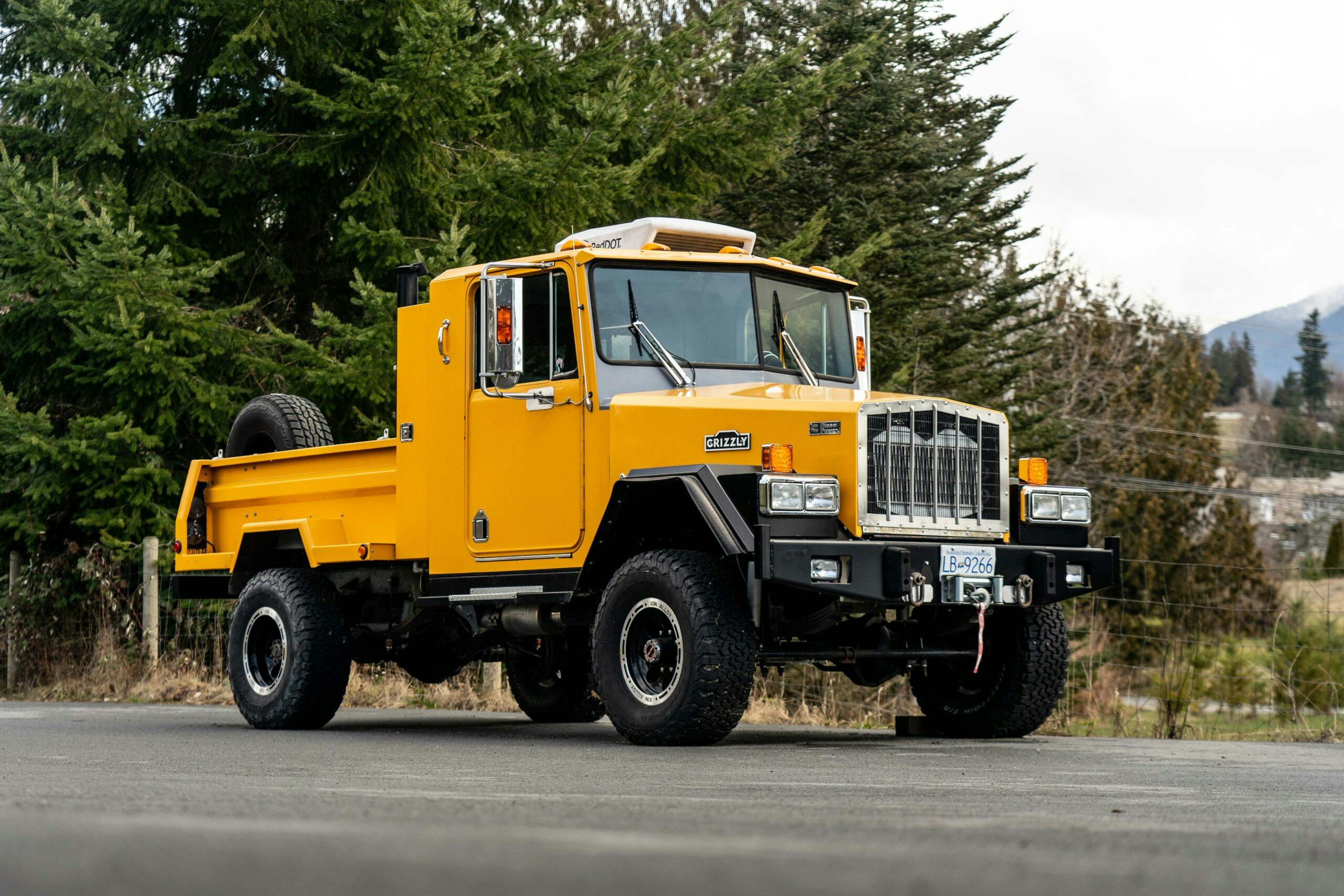
This is one AWESOME truck!
I just read that over 300 000 Unimogs have been produced since 1951… I don’t think the Grizzly is comparable in any meaningful way.
The story is cool in itself, doesn’t need the Unimog tease in the headline.
That was Hagerty’s Idea
What a b.s. article! Could you fluff up a meaningless truck anymore!?
As you are obviously not a automotive person, you can’t understand the uniqueness and history of someone trying to make something bigger, better for the backcountry of Canada ( mostly B.C). Shouldn’t comment on something you completely don’t understand. It is a good story to a part of B.C automotive history.
Such negativity, are your panties knotted, fake lady parts not working out?………
……….But really, great article and thanks to Hagerty for putting together the story, the history involved, and getting it out there for everyone to read and enjoy!
stuck?
Who peed on your cornflakes?
I followed the Grizzly story back in the day as the mining industry also needed a work truck like this. Even today, despite the virtual disappearance of logging and a dismal view for mining, resource and pipeline protestors and park advocates need reliable transportation into the bush with room for their blockade materials.
Great article, I had no idea about this aspect of Canadian automotive history.
BS “Unimog”!!
My U500 has 24 forward and 22 reverse gears, full locking diffs, CTIS, portal hubs, etc etc.
Maybe if this thing had a 11 speed Roadranger with 26:1 1st gear and a decent transfer case, true heavy duty tires, better axles with lockers…but it doesn’t.
Growing up in North Vancouver, I’ve seen a few of these around. I even know now where a red one is parked. They are absolute beasts and they make anything but an f550 or a semi look small.
The 2nd truck is red and in Tswassenn (sp) there is also the red and black truck in whistler that is owned by Canadian wilderness adventures
Cory,
I saw your ‘2nd’, and my brains read it as ‘tuned’.
“The [tuned] truck is red…”
It’s an interesting truck. Too bad they did not see any success.
I remember the Grizzly very well. I was working for Pacific Truck and Trailer in North Vancouver at the time. Geoff was a frequent visitor to Pacific Truck and sourced many pieces from us. A local Dodge dealer sold Geoff complete diesel pick-ups where the running gear was removed as a small builder had few options to access the major components. This resulted in a very high price tag which didn’t help sales.
I worked at Pacific from 1977-1987 in the off road division(assembly)..I also worked at a hot rod machine shop on Charlotte St in the early 90’s when these trucks were being built…I remember seeing my truck and the next one built down at our shop to look at.Grizzly was only 5min away from me….Pretty sure it was the Hagerty guys who added the unimog stuff….They are two totally different trucks….
And now, for something completely different…
To “your stories stuck”: ,Your comment Is The BS comment. I enjoyed the article, have collector cars, and own Lotsa pick ups, from Rangers to Chev 3500HD 20,000lb. GWR.
I was glad to hear about the Grizzly.
PS… And the rest of us think likewise.
But have a nice day anyway. 😉
Holy Moly – 12 gauge body panels?? That’s thicker than some vehicles’ frame material!
Yes it is…I made new front fenders and a new tailgate and I used aluminum..The steel tilt hood is getting a little much to open…A aluminum one is in the works..Two trucks already have done this
Just a thought: would gas shocks like on the hoods and rear hatches of vans be of help in easing the load of lifting ? A bit cheaper than a newly fabbed hood, I would think.
I see this as more like a precursor of the International CXT, a medium duty chassis with a pickup box. To be a competitor to the Unimog requires stuff like portal axles, a 540 rpm PTO, and a 3 point hitch. The only things that come close are the Greek Namco Agricar, the Volvo Laplander and some French Latil vehicles.
It’s an interesting truck and I’m curious whether those cab doors were Paccar, Freightliner, or late 80s Mack cabover. The bed is pretty obviously a scaled up logger box which is expected and I would guess that service and flatbed bodies were options.
It was never meant to compete with Unimog….Truck was designed for strictly for the BC logging industry…I dont even call it a 4×4…It happens to be four wheel drive
My truck does indeed have a modified loggers box to accomidate the tool boxes and fuel tank.The boxes were built in Qualicum on Vancouver Is.I do have another box..At some point grizzly made there own.Yes other bodys were optional..I have a huge thread on Grizzly trucks on the heavy equipment forum under forestry equipment..I am also a 11 year Pacific truck guy..Need to figure out if i can post pics on this thread..
Awesome story! I have always been intrigued by the Unimog, but would struggle to have a place to park it. If I lived on 50 acres, I could probably justify it to the wife! A little disappointed that there was not a single picture of the hood ornament!
Hi Cory: Boy this brings back memories. I worked for Geoff Buck back in the 1980’s when he was in North Vancouver. I did the production drawings for him and everything I did got seized and went to a company in Arizona I believe. I remember your vehicle as “Old Yeller” which was Geoff’s daily driver and I remember working on some of the other vehicles like the big green one you mentioned. I talked to a guy (can’t remember his name) who did the drawings on computer but he kept everything he did he told me because he never got paid for his work. It was the second time around for Geoff and it was the time he was found dead in his shop. Anyway I wish I could get you that draftsman’s name but it was a long time ago I talked to him – maybe ten years or more. I think you could get a lot more information from him about the trucks if you could find him. Anyway all the best and I hope you continue to improve on that truck as its what it deserves.
All the best, Jim Maguire.